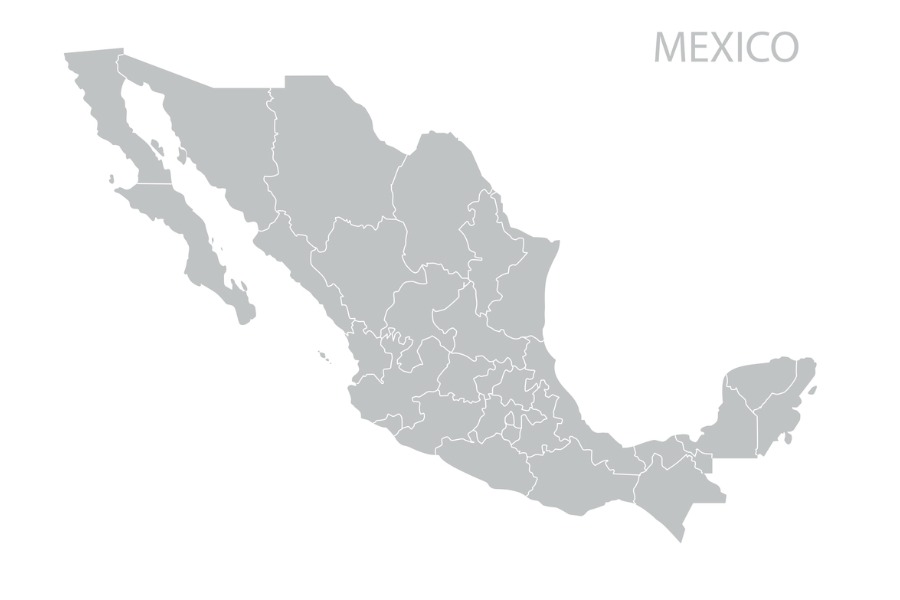

The peso’s volatility influenced the central bank’s decision Thursday to hold rates steady, Banco de Mexico’s Governor Victoria Rodriguez said. Given its possible effects on inflation, it could also play a role in how the bank weighs future cuts.
The peso slumped after voters chose Claudia Sheinbaum as Mexico’s next president, and has rebounded some since — one factor in the bank’s Thursday decision to hold rates at 11%. Rodriguez said Banxico also took into account the recent acceleration of overall inflation and the bank’s own moderate adjustment to the forecast for price increases.
She cited progress in the bank’s effort to combat inflation, which along with a restrictive monetary policy have created space to consider rate cuts in future decisions. While the peso’s depreciation can contribute to inflation, it’s also partly offset by a weaker economy, the central bank board said in a statement.
“In this context, I’d say we continue in a phase in which the advances to the disinflation process and the degree of monetary policy restriction that we have allow us to discuss cuts to the reference rate,” Rodriguez said in an interview with Bloomberg News after Thursday’s decision.
The governor declined to say whether the bank would consider cutting as soon as August.
Annual consumer price readings in Mexico have accelerated in recent months. The volatility of the exchange rate in the aftermath of the June 2 election led the peso to lose over 7% of its value this month.
“Going forward, what we’re seeing is that we’ll have space to reduce the degree of restriction. Reducing the rate does not mean that we will stop being restrictive,” Rodriguez said.
“The exchange rate volatility has been reduced and now it’s returning to the levels observed before the episode of recent financial turbulence,” she added.
The bank delivered a first cut in March and then decided to hold in May, before delivering the second straight hold on Thursday. The decision was widely expected after the volatility following the election, as investors were unsettled by a strong performance by the ruling Morena coalition that would allow it to change the constitution.
The other factors that the bank considered included overall improvements to inflation from its peak and that the weakness of the Mexican economy seen at the end of 2023 has turned out to be “deeper and longer” than the board members had anticipated, the governor said.
The bank’s board waited longer than other major Latin American central banks to begin easing. In the statement accompanying the Thursday decision, Banxico, as the central bank is known, indicated it was open to discussing more interest rate cuts if the inflation panorama allowed.
Banxico now projects that the country will reach its target of 3% inflation by the end of 2025.

Rajesh Markan earlier this year pleaded guilty to one count of criminal fraud related to his sale of fake investments to 10 clients totaling $2.9 million.

From building trust to steering through emotions and responding to client challenges, new advisors need human skills to shape the future of the advice industry.

"The outcome is correct, but it's disappointing that FINRA had ample opportunity to investigate the merits of clients' allegations in these claims, including the testimony in the three investor arbitrations with hearings," Jeff Erez, a plaintiff's attorney representing a large portion of the Stifel clients, said.

Chair also praised the passage of stablecoin legislation this week.

Maridea Wealth Management's deal in Chicago, Illinois is its first after securing a strategic investment in April.
Orion's Tom Wilson on delivering coordinated, high-touch service in a world where returns alone no longer set you apart.
Barely a decade old, registered index-linked annuities have quickly surged in popularity, thanks to their unique blend of protection and growth potential—an appealing option for investors looking to chart a steadier course through today's choppy market waters, says Myles Lambert, Brighthouse Financial.
